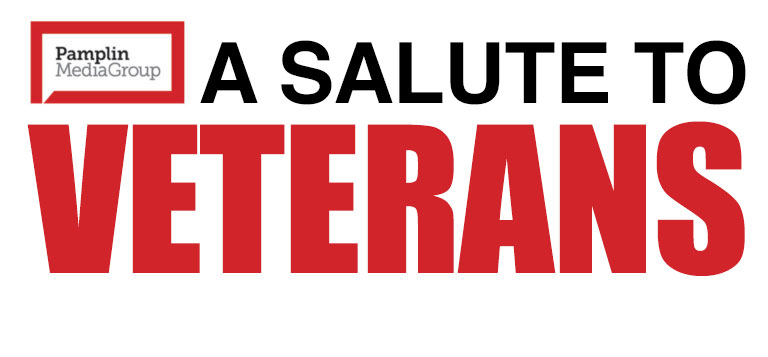Forest Grove man was witness to
one of World War II’s greatest battles
The Battle of Okinawa was arguably one of the most important conflicts of World War II.
Overtaking the tiny island in the South Pacific and seizing its airfield meant land-based American bombers could now take the fight to the Japanese home islands.
And Bill Sefler was there, providing Marines with the crucial support they needed to take over the island from thousands of Japanese soldiers ordered to fight to the death.
Sefler — a 24-year resident of Elms Retirement Center in Forest Grove and a native of Pittsburgh, Pennsylvania — was drafted to serve in the Navy and became a seaman, first class.
“Never got any higher,” he quipped.
Sefler, now 98, was assigned to one of the Navy’s 1,051 LSTs, behemoth troop and tank carriers manned by roughly 130 sailors that ferried the tracked landing vehicles and 20 Sherman tanks that backed up the Marines battling Japanese forces on the island.
“We landed the tanks — surviving all kinds of bombs and stuff trying to get us off — but we managed to get the tanks off on the shore, and we got back from the shore, and that’s when all these planes started their suicide missions and crashing into our good ships (battleships and cruisers),” Sefler recounted. “And we certainly were lucky to live and having won that battle because that was kind of the end of the Japanese and their mythology of being the best soldiers and sailors in the world. They were doing very well for a while, but starting, I guess, with the Battle of Okinawa, it was a slow retreat for them.”
Sefler served in the South Pacific theater for about two years, then was called back to service by the Navy in 1950 to serve in the Korean War for 16 months. All told, he served about four years in the Navy.
Surprisingly, his most harrowing experience of World War II didn’t involve combat but rather the two typhoons they suffered through getting to Okinawa.
“That was a hell of a deal with a flat-bottomed ship like an LST,” Sefler said. “I’m surprised we made it. But the war was pretty rough too … we saw so damn much shooting, there must have been a ton of armament now laying on the bottom of the sea there.”
Mercifully, Sefler’s LST was undamaged in the battle, which claimed over 12,500 American lives.
Having survived Okinawa, Sefler and his comrades then took on a peacetime mission — one which provided a big surprise.
“We got to see Japan after they dropped the (atomic) bomb, and that was very educational,” he said. “You know, the people came around, and they treated us like friends. I couldn’t figure that out. We dropped that bomb on there, and they were very polite and interested in our welfare, and we were the guys that helped drop the bomb.”
After several years of Allied occupation, Japan and the United States officially normalized relations in 1952. Today, the two countries are firm allies.
Sefler said his most cherished memory from the war was the camaraderie developed between sailors.
“It was friends — we made lots of good, close friends,” he said. “It’s a shame we weren’t able to keep it going. But now, I guess I am getting near the end of the crowd — there’s not many more World War II vets left.”
In the end, Bill Sefler’s experiences in World War II and the Korean War provided him with a pragmatic worldview.
“It helps you see that war is hell, and it certainly is,” he said. “If we can manage to stay out of any wars, including now the nuclear bombs, it certainly would be wise not to get involved in another World War II again. It could be the end of humanity.”


